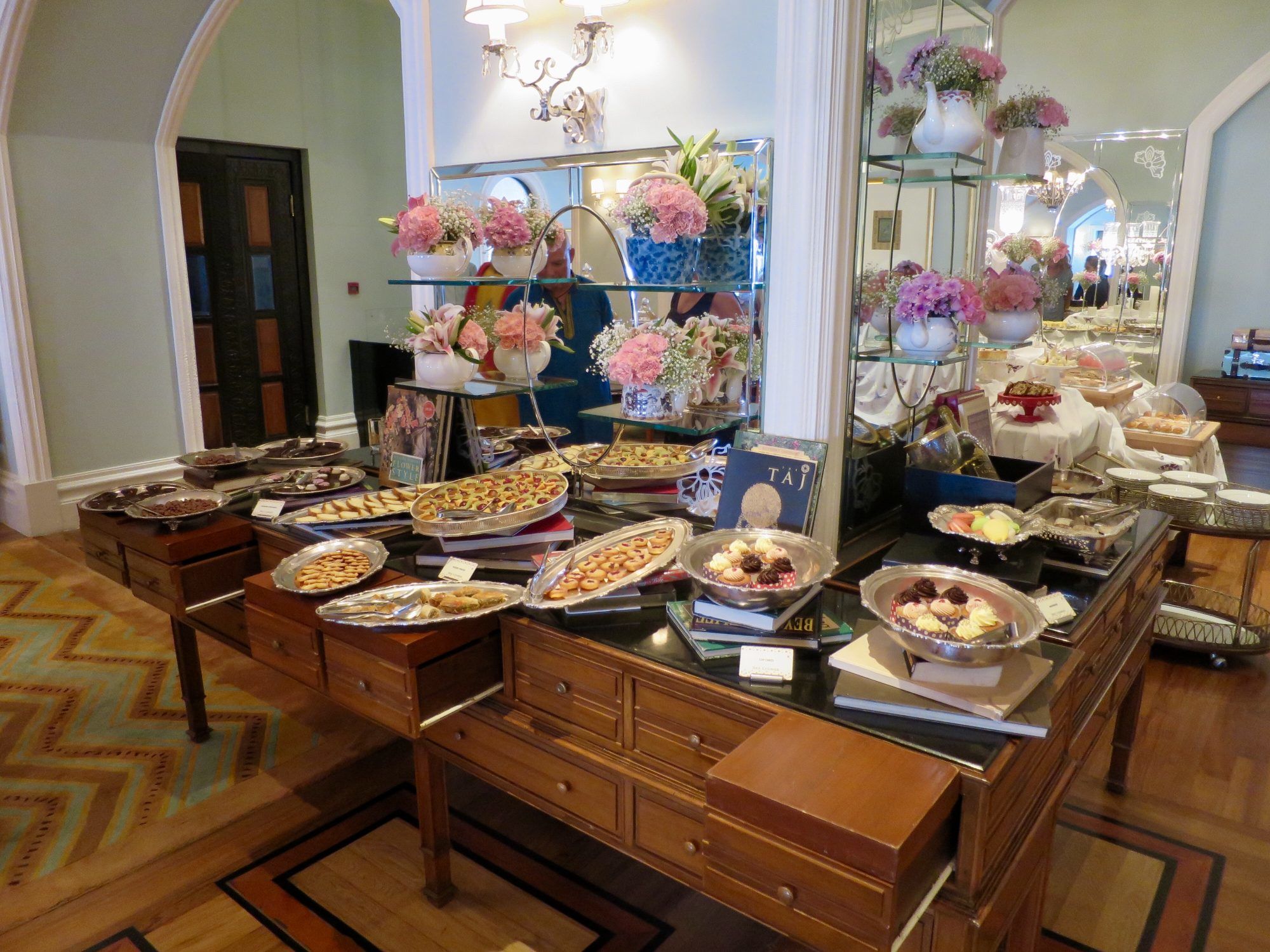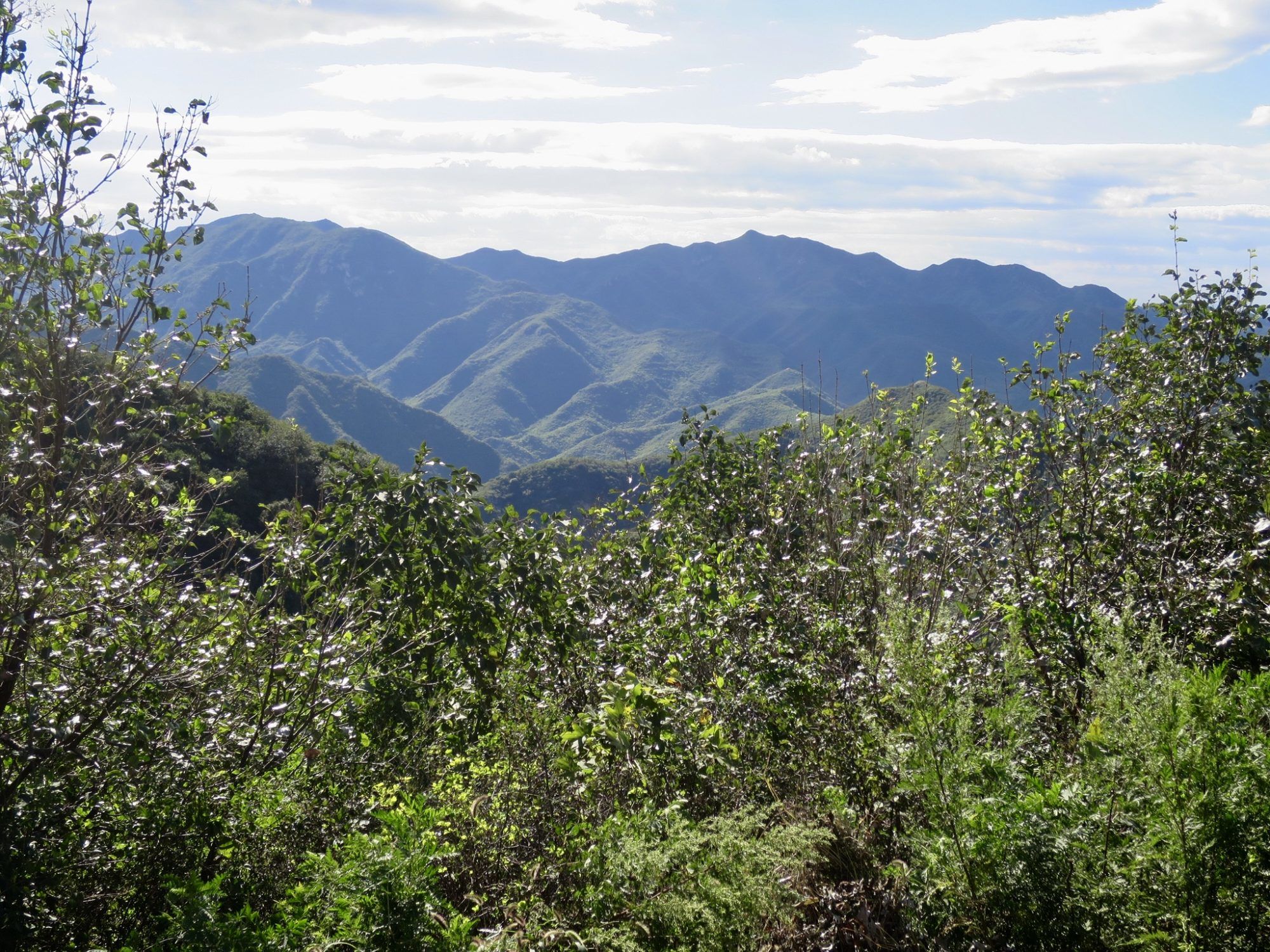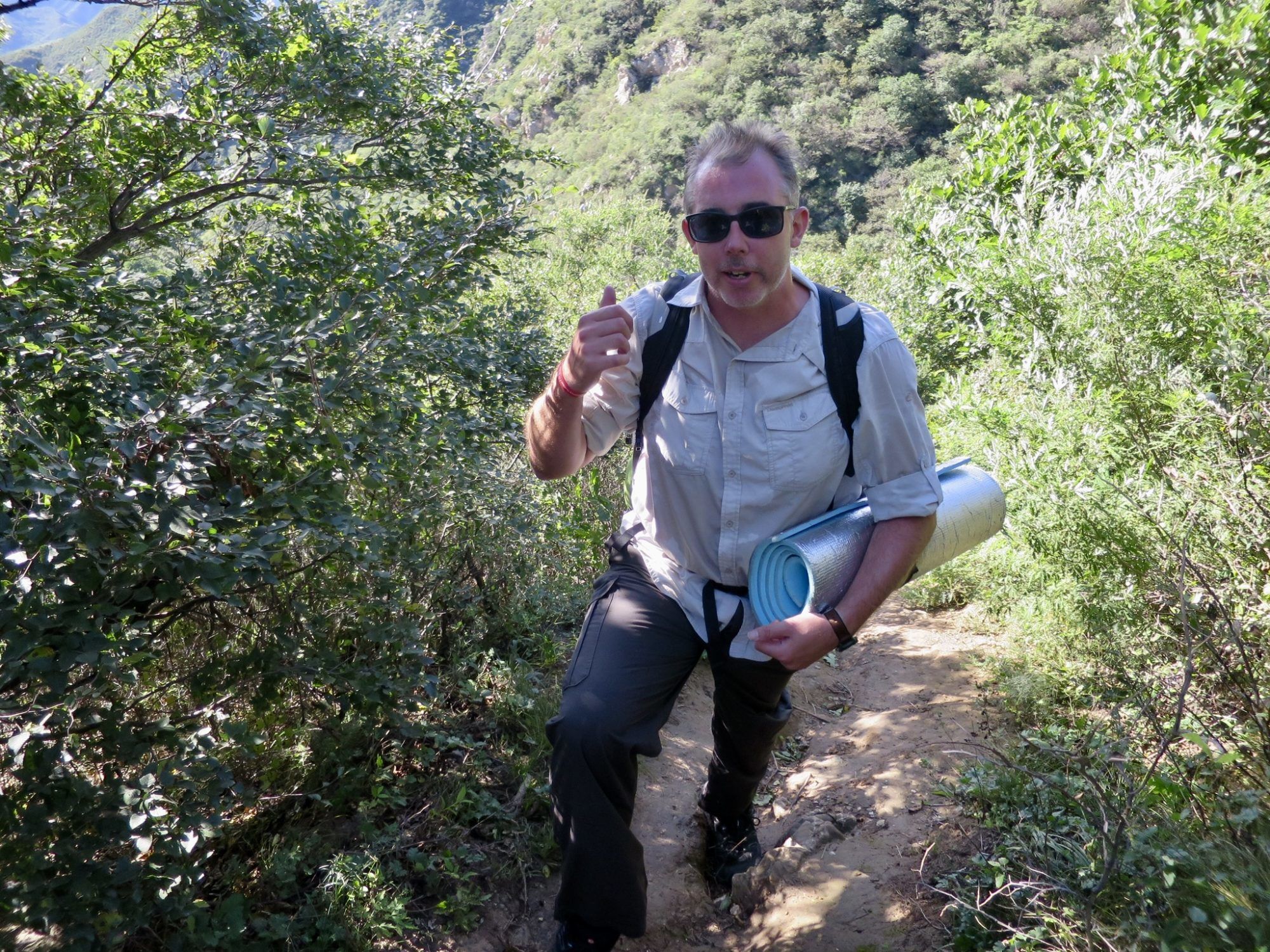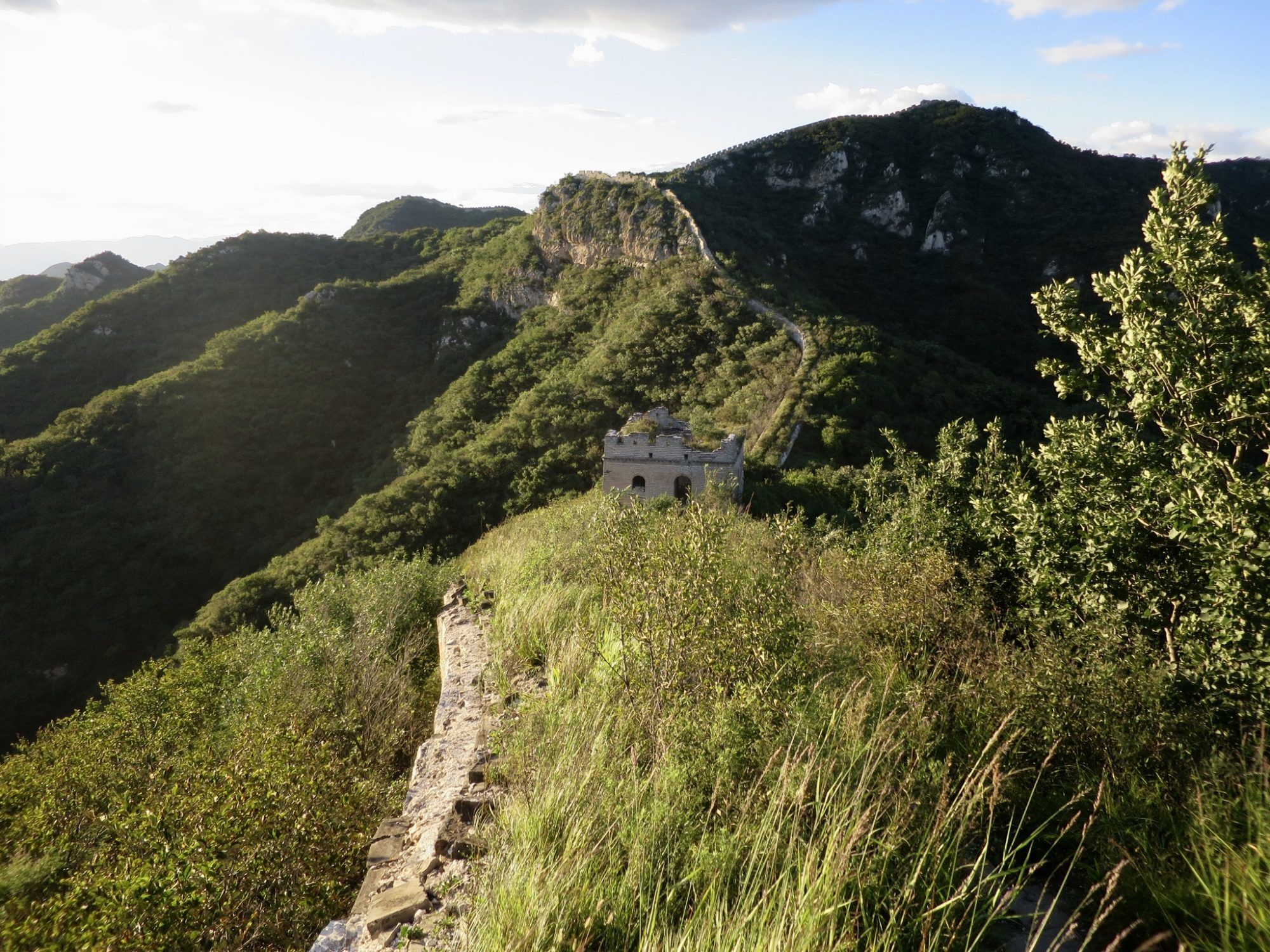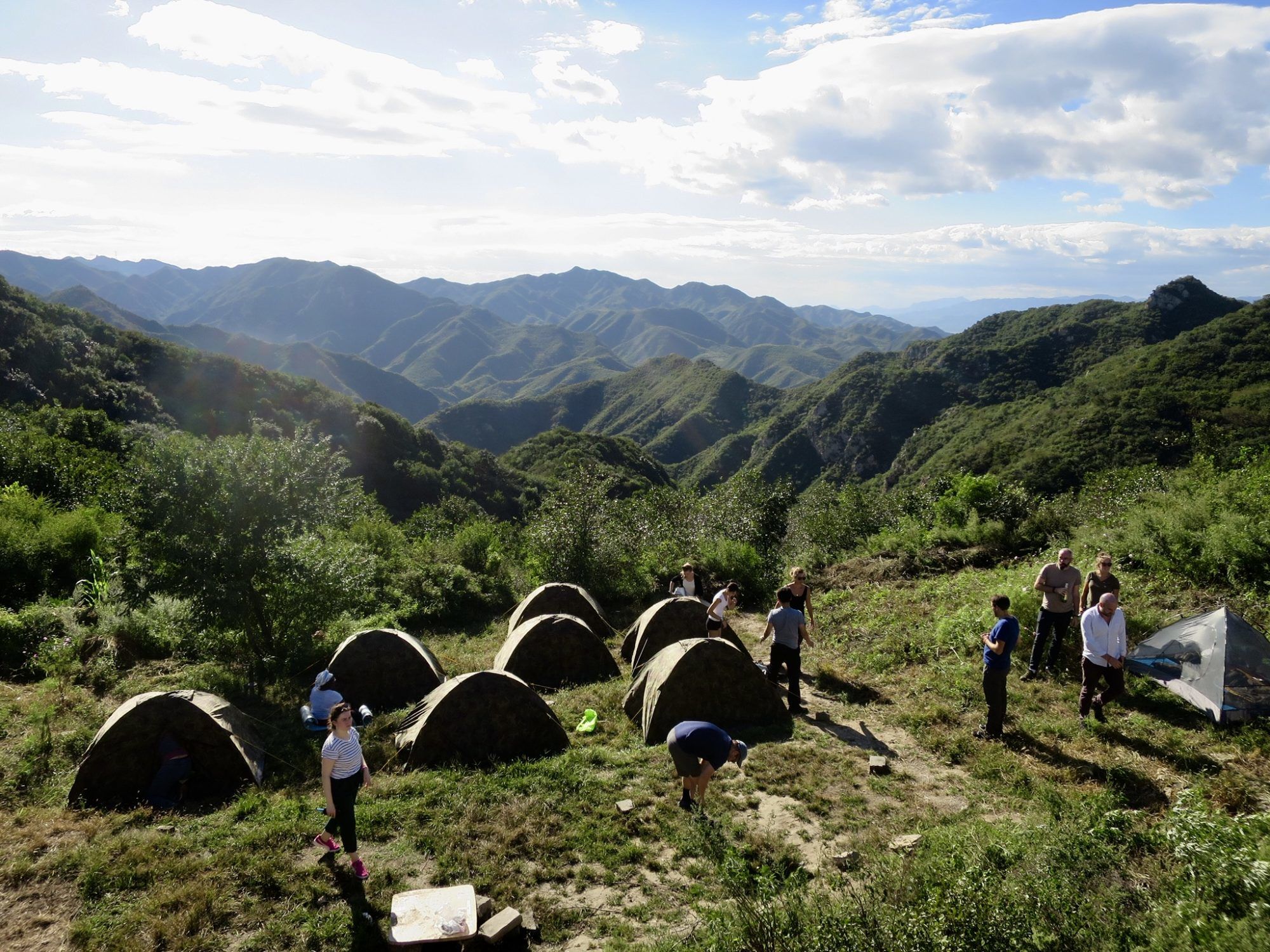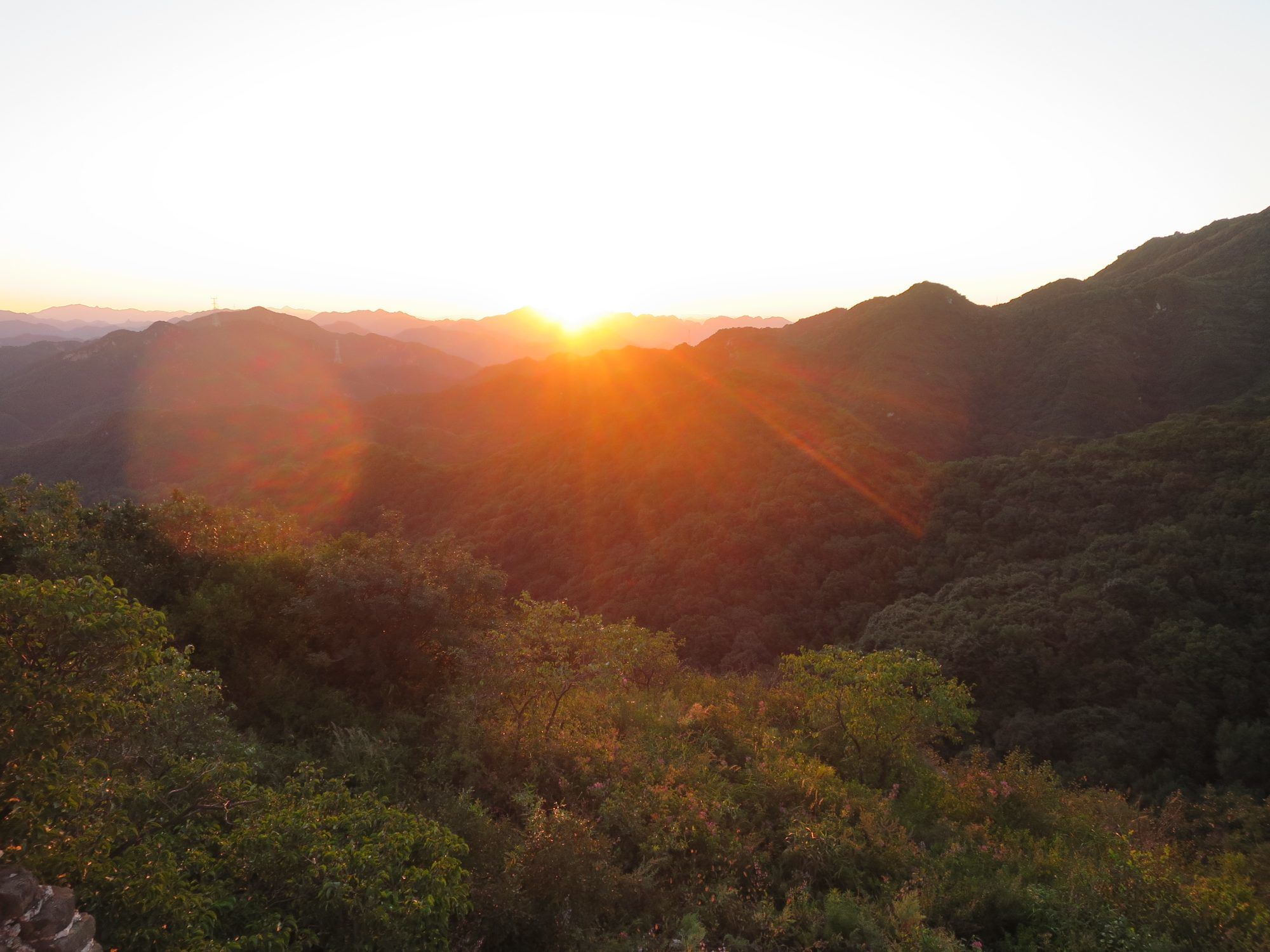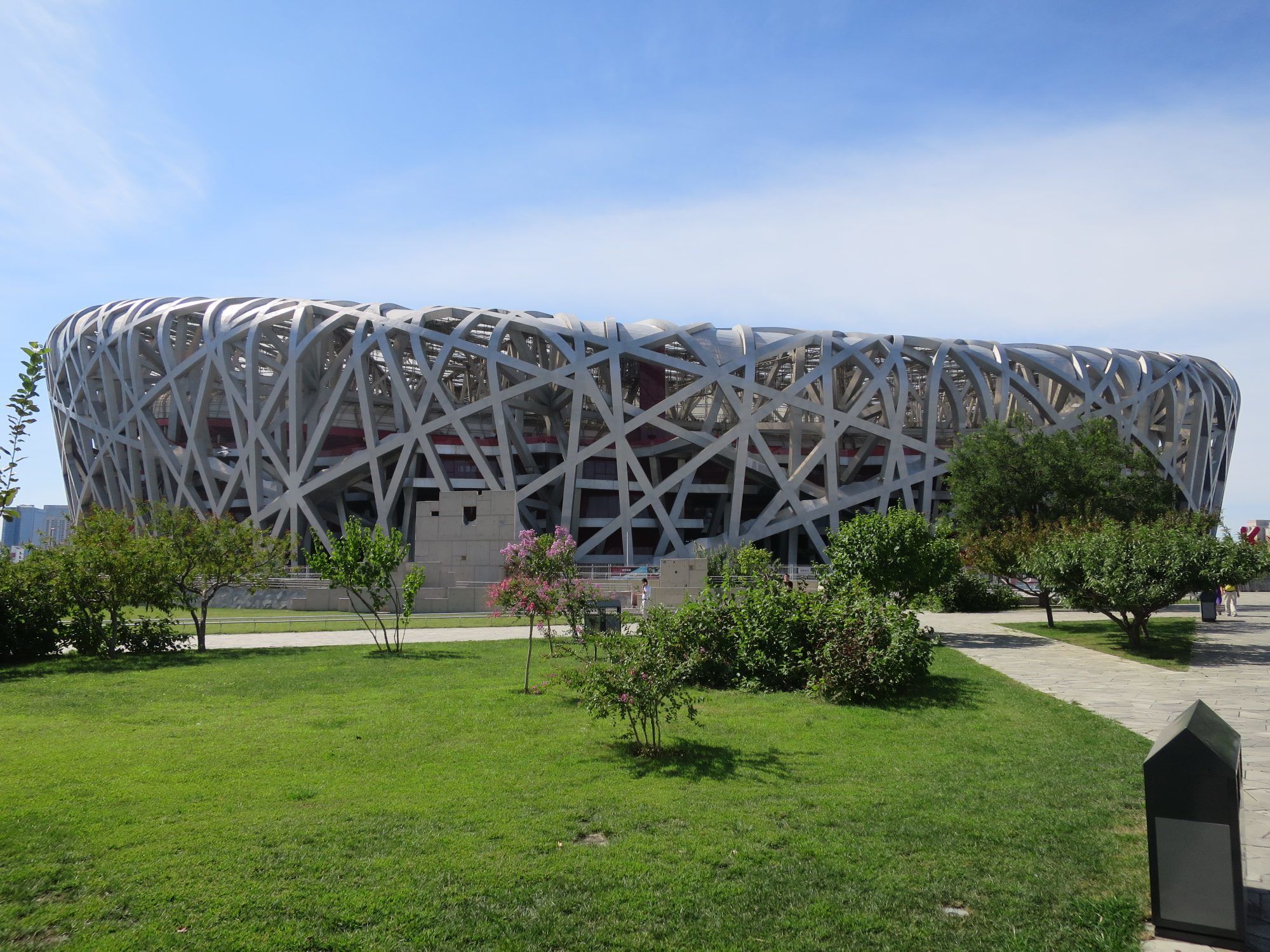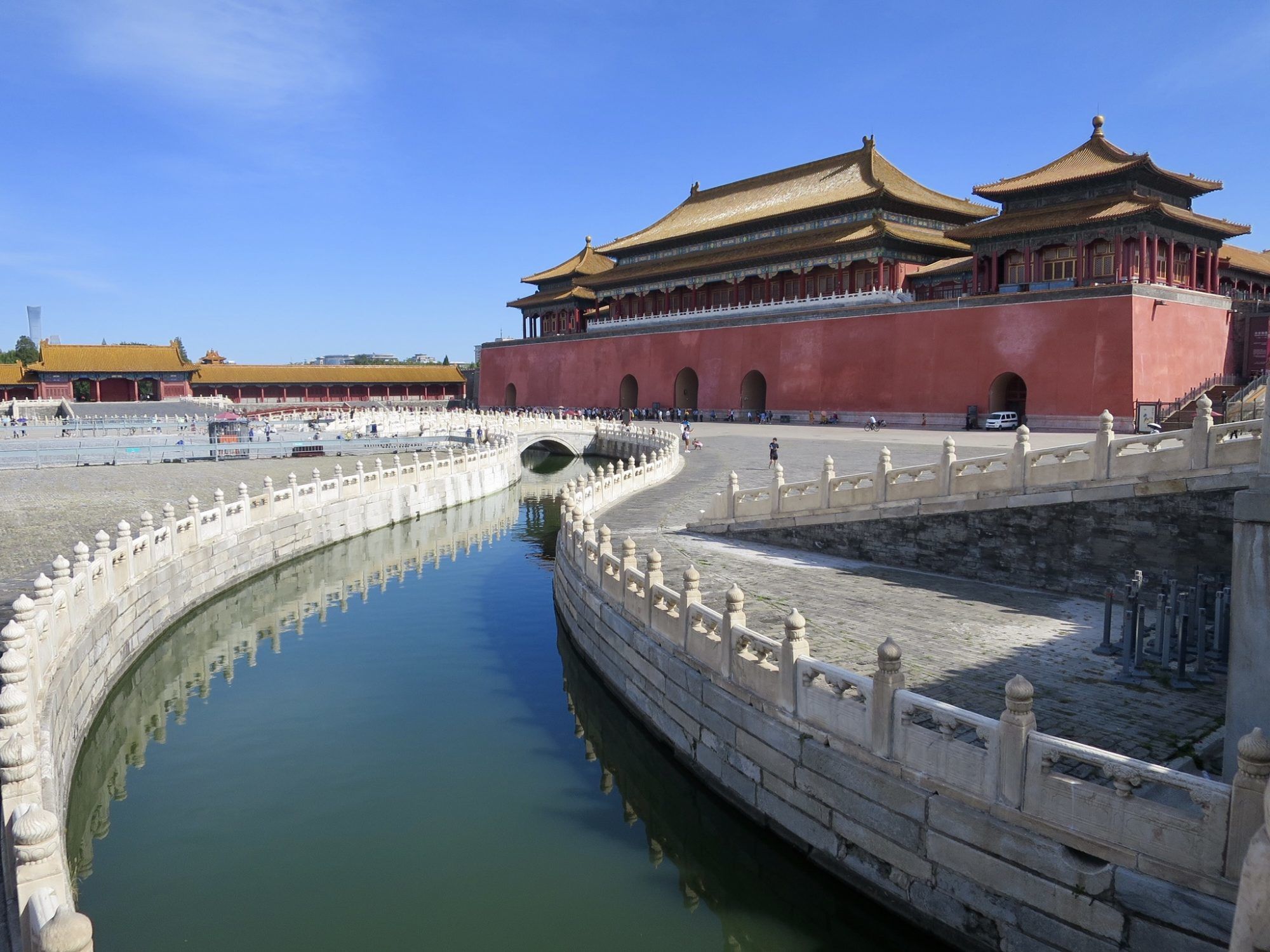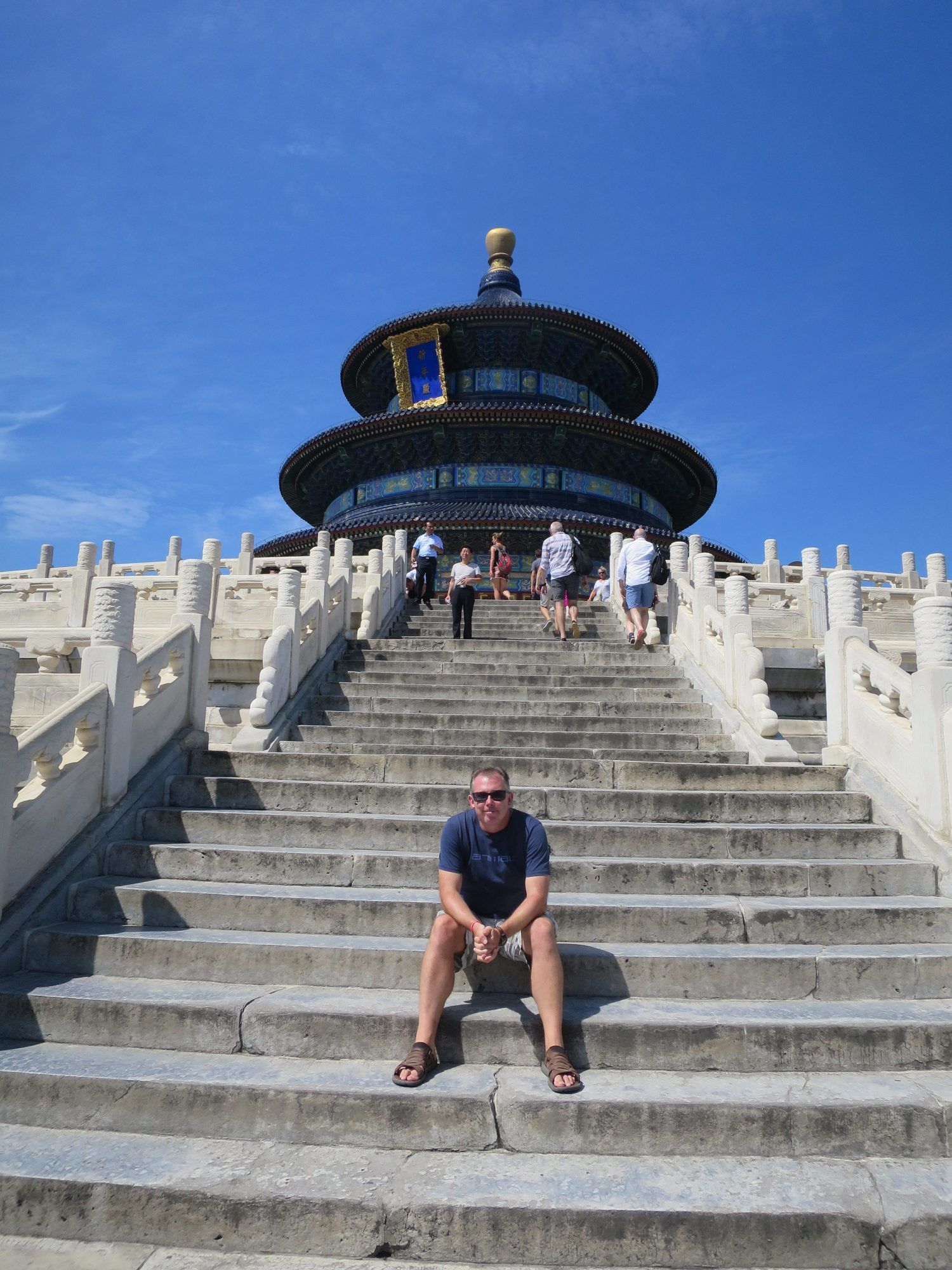One of the last days in Udaipur was spent exploring the city palace (it’s the largest palace complex in Rajasthan) along the shore of Lake Pichola. I chose to go with an audio guide so I could wander around at my own leisure which is a better way of doing these visits as you can actually hear the guide, rewind a little or even skip a little further forward if needed.
It was fascinating to see a ‘portable cage for trapping and keeping tigers’ in the palace garden. The cage was really big and there looked nothing portable about it. So I took the opportunity to sneak inside it, at least it not being used nowadays, except for maybe the odd tourist photo…
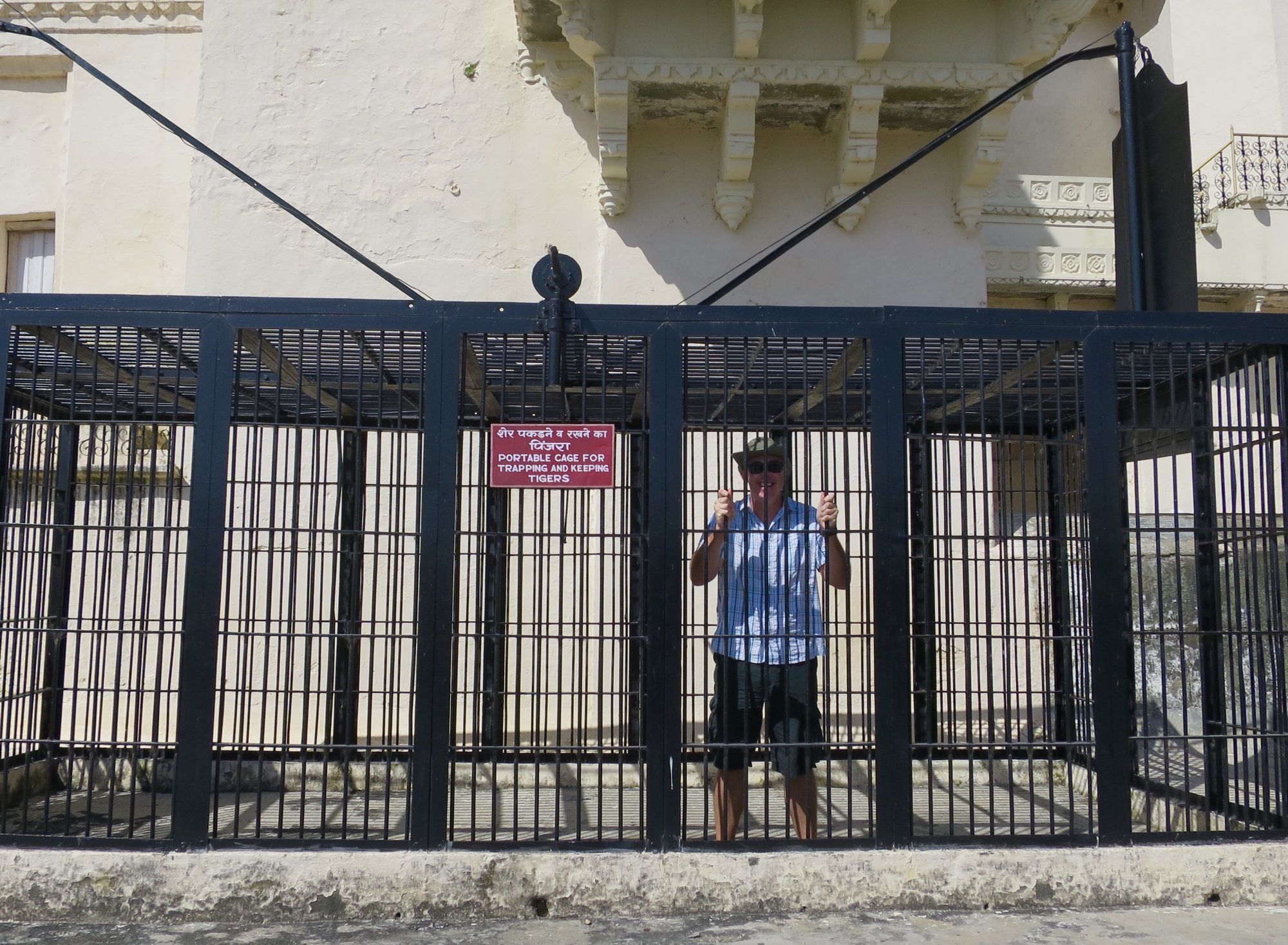
After a spot of lunch at a rooftop restaurant, it was back to the hotel to pick up laundry and pack ready for an early departure the next morning. The truck was parked a few kilometres away from the hotel due to the narrow streets so we got a tuk tuk transfer back while most of the city was asleep. Strangely it looked dirtier without all the hustle and bustle.
Once loaded onto the truck we drove 400 km to Mandu, an ancient fort city in the central Indian state of Madhya Pradesh. The accommodation was camping in a hotel grounds but I decided to upgrade as I fancied a comfortable bed (after a 7 hr drive). Dinner was a camp cooking vegetarian option and it was really good, but it didn’t take too long for mosquitoes and dogs to come out. I was so glad I upgraded to a room and was not sleeping in a tent. I was really surprised to see how green and lush the vegetation had become – a stark contrast to the dry, barren sandy desert further north of Udaipur. Equally, I had noticed how much healthier some of the animals looked, as if they were very well nourished.
In the morning, we visited an abandoned hill top fort consisting of many palaces (mahal’s), including Jahaz Mahal and Hindola Mahal.
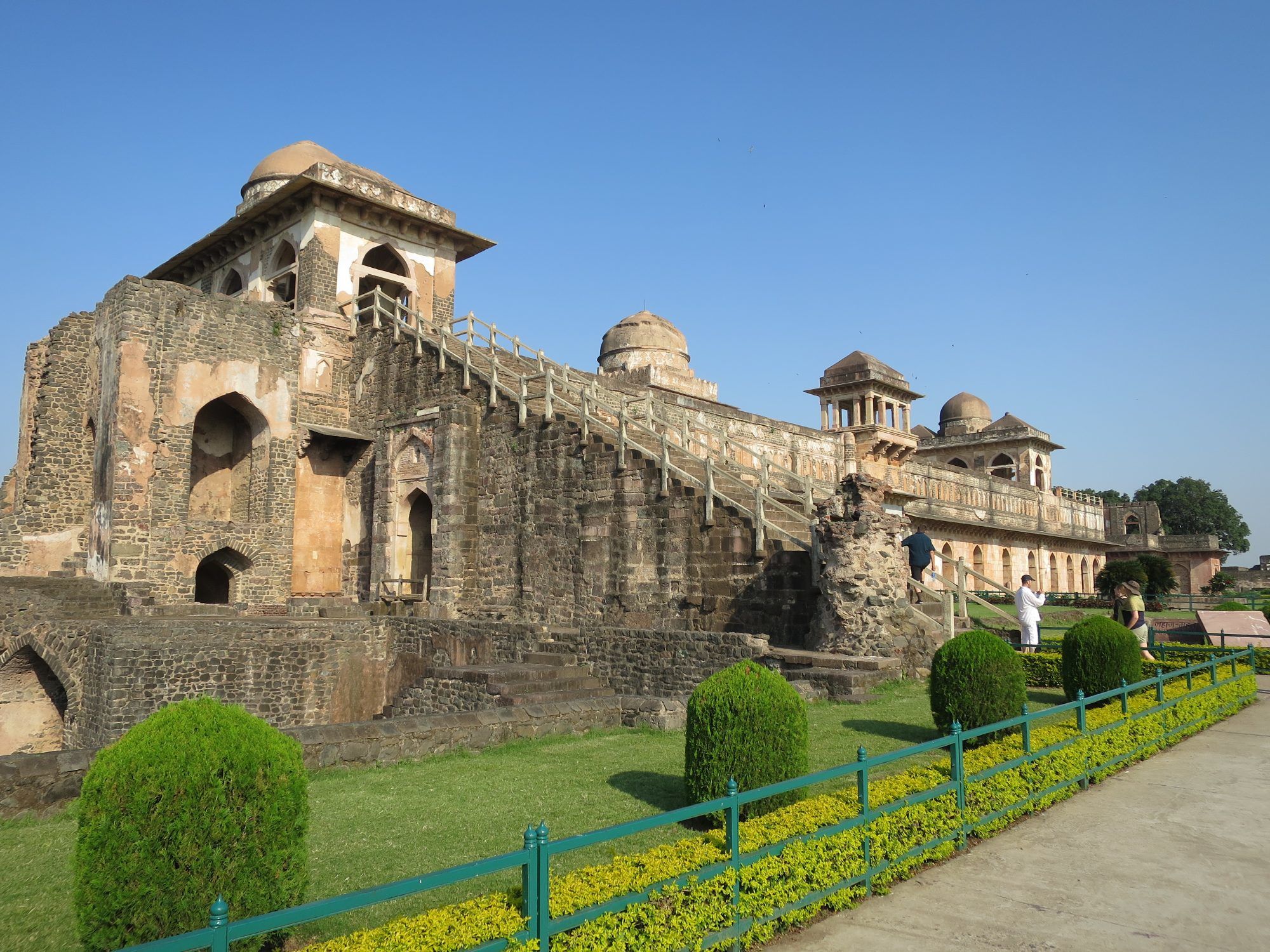
It’s surrounded by stone walls dotted with darwazas (gateways).
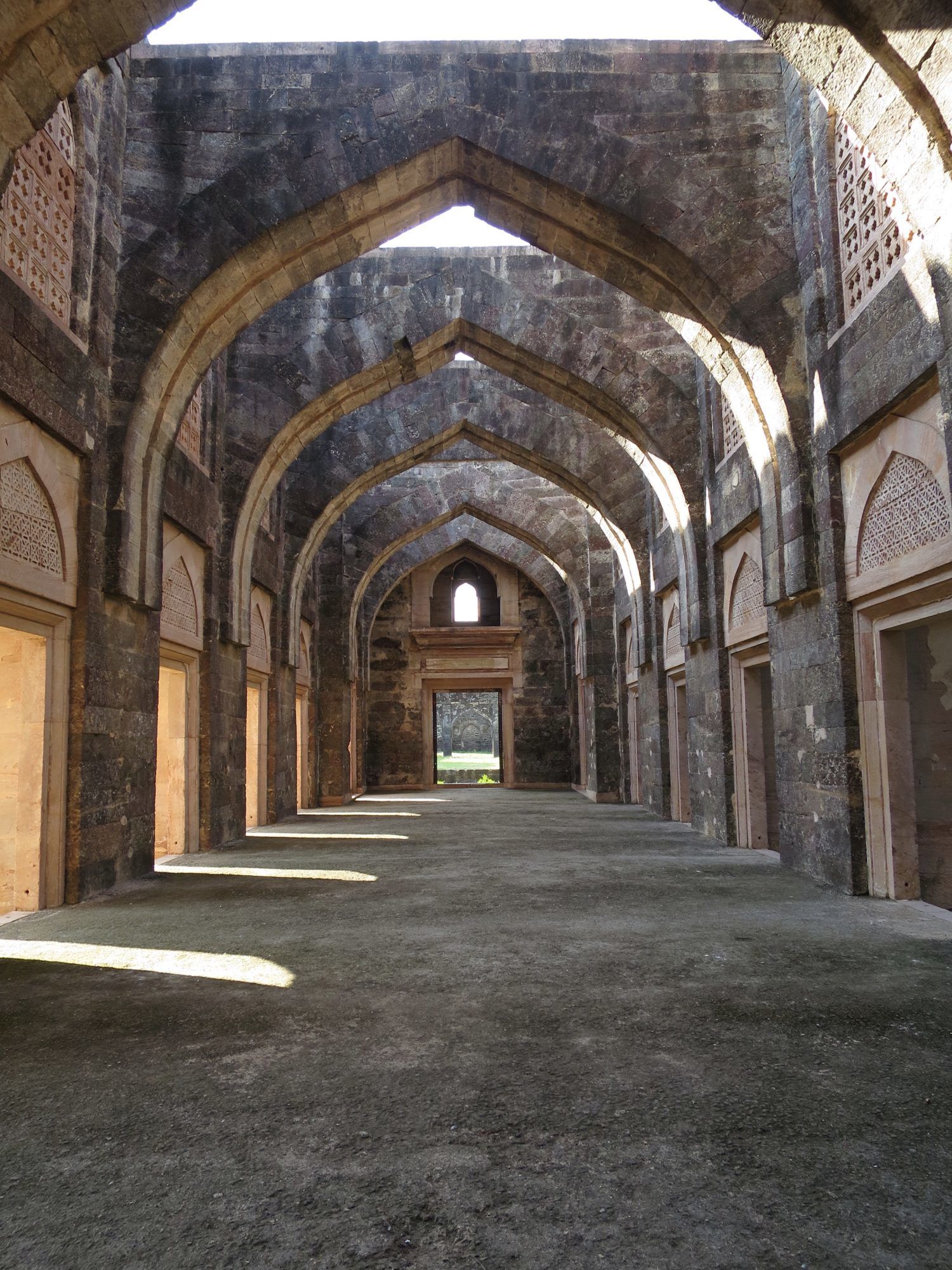
Leaving Mandu behind it was another few hours in the truck passing various Indian settlements which now all look the same, driving to our overnight bush camp near Kharwand Dam. It was getting quite late by the time we arrived and the sun was ready to set. Fortunately there were still some cold tonic waters in the fridge to go with my gin 🙂 The bush camp was fun, gathering firewood and camp cooking. Despite a slight risk of a shower, the rain held off which kept the temperature up. It was a fairly remote location with zero facilities, but thankfully nature didn’t call.
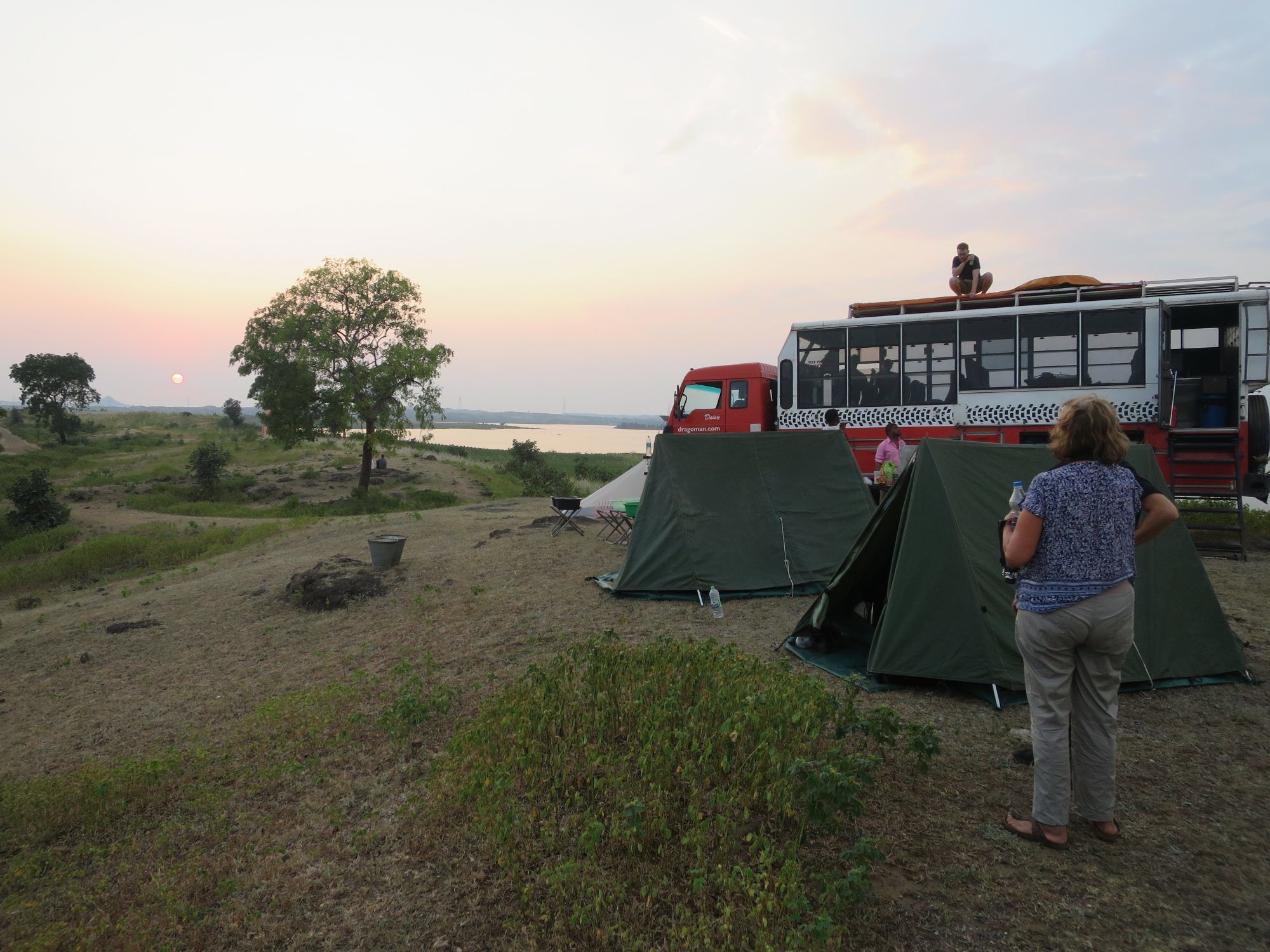
Continuing next day, we drove to Ellora where there are ancient Buddhist, Hindu and Jain caves which were hand carved into the rock and contain several temples back dating back to between 6th and 11th centuries. Some of these caves go in excess of 100m into the rock so it must have been a real effort to produce. Outside every cave there seemed to be a family of monkeys waiting for any opportunity to grab some food of unsuspecting passers by.
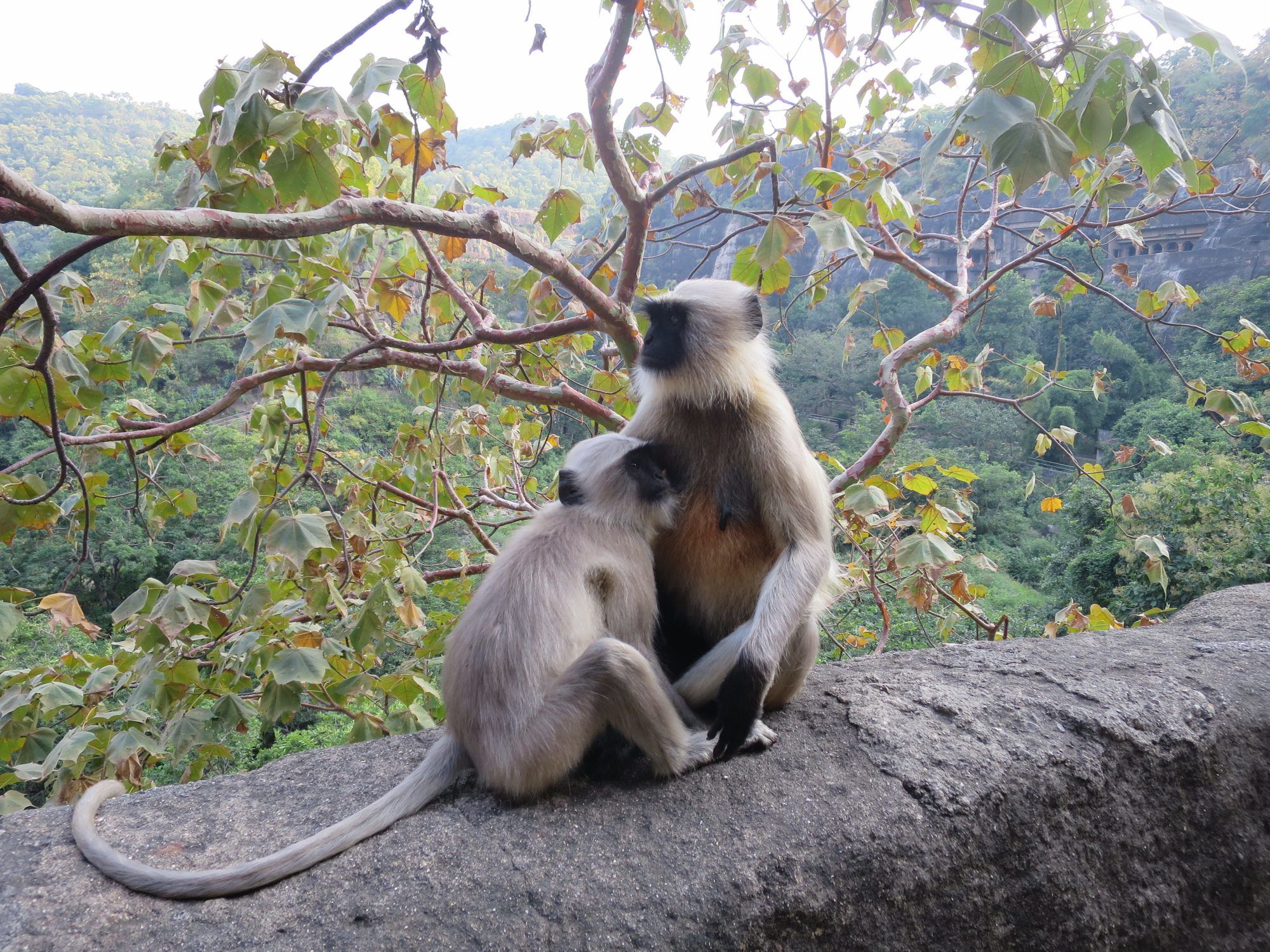
The next evening we arrived in Mumbai. Well, we arrived at the city outskirts by 15.00hrs. By the time we negotiated the traffic and dodged a few low hanging cables it was close to 19.00hrs before we arrived at out hotel. It wasn’t the best hotel, but it was a comfy bed for a few days and we said goodbye to three of our group and hello to two more, so there’s a fairly constant number on the truck.
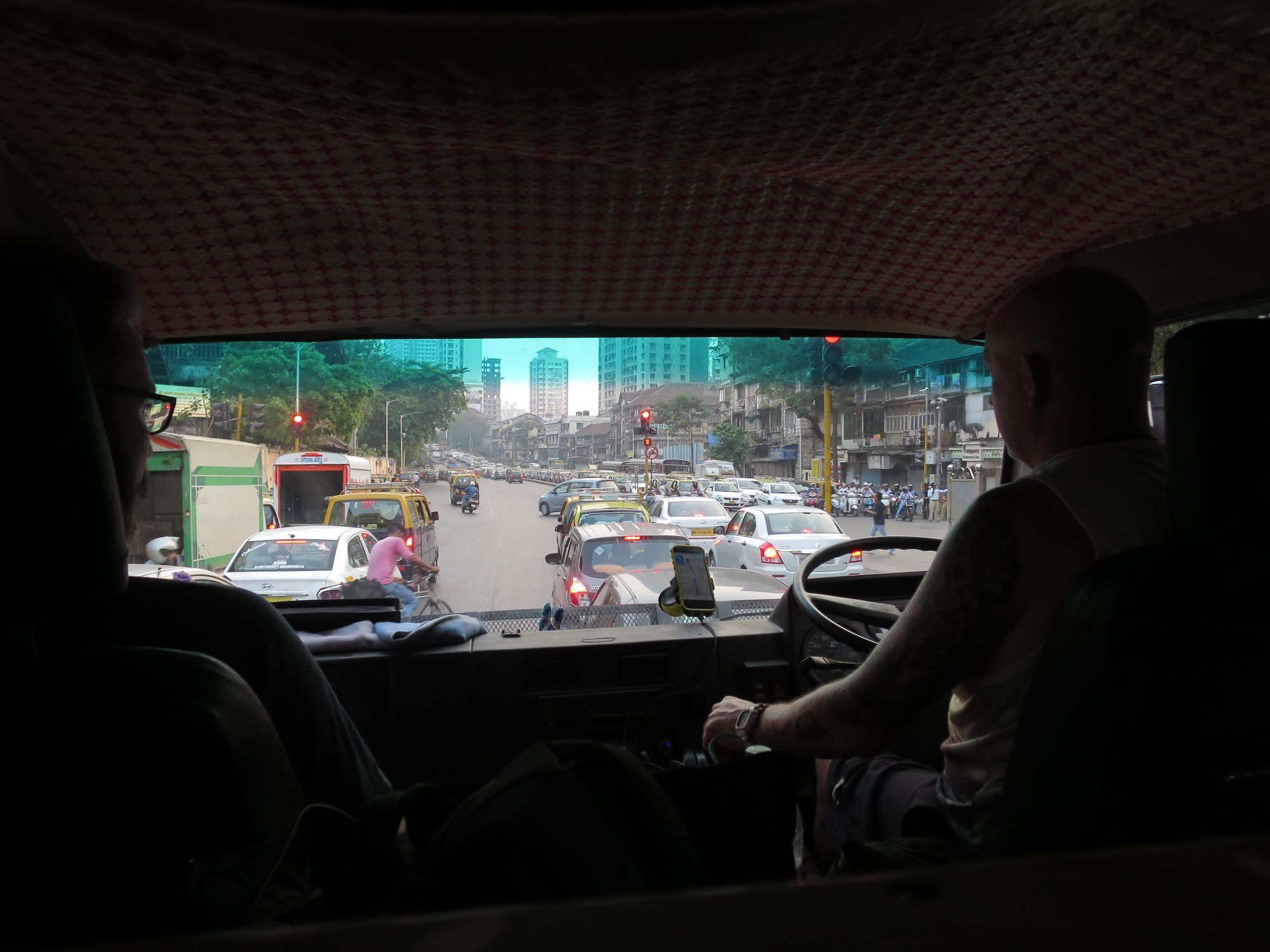
Mumbai is a pretty interesting place and had some free time to explore. In trying to find an ATM I ended up stumbling across cricket training grounds so actually spent the morning watching the locals play. It all seemed very civilised, albeit roasting hot. In the evening we had a fabulous meal at Leopold’s Café made famous by the novel Shantaram by Gregory David Roberts which is about an Australian bank robber and heroin addict who escapes from jail and flees to Bombay, as Mumbai was formerly called. The cafe was also an early site of gunfire and grenade explosions during the November 2008 Mumbai attacks by terrorists. The terrorists sprayed fire inside the restaurant from outside killing 10 persons and injuring many others. The restaurant was extensively damaged and you can still see the bullet holes in the restaurant walls.
The next day we did something very upmarket and had high tea at the 5 star, internationally renowned Taj Mahal Palace Hotel. It was a luxurious buffet for 3 hours without a sausage roll or cheese and pineapple on a stick in sight. I don’t know if it’s just because I had been on the road for so long, but the tea was amazing (tasted like proper tea back home).
